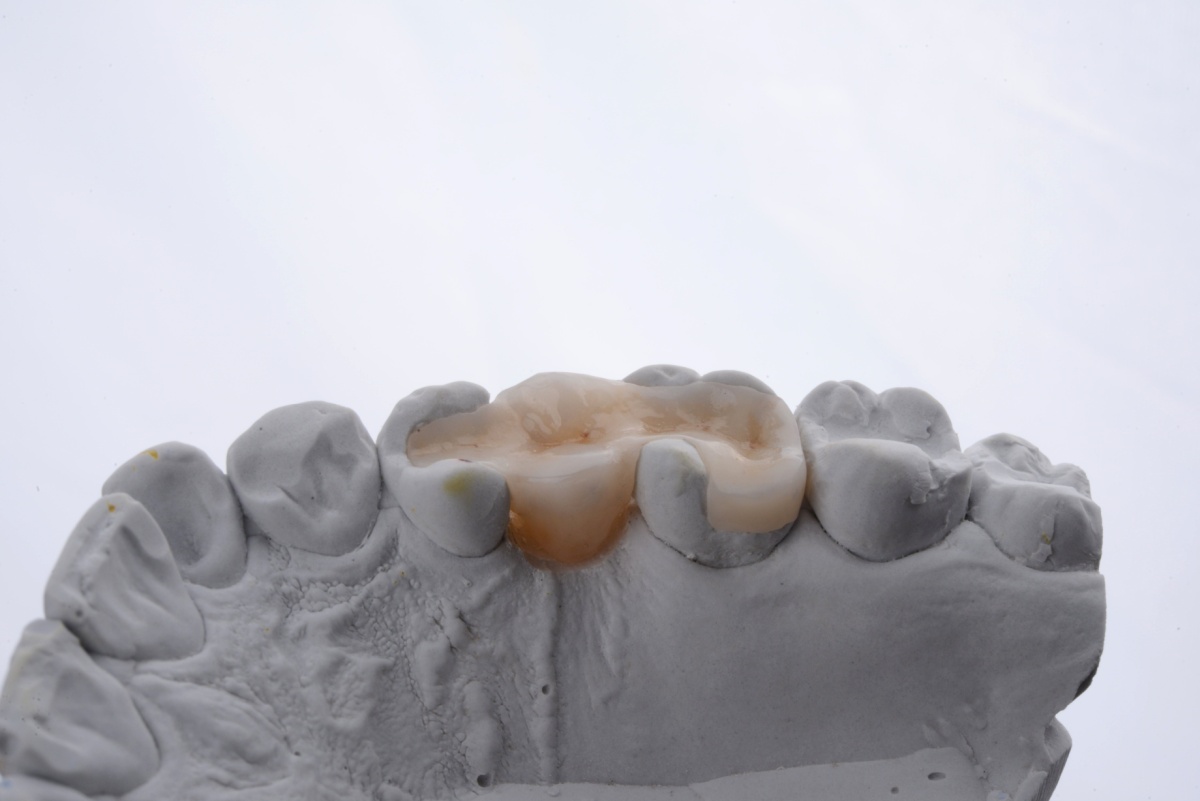Modern cosmetic dentistry has exploded with incredible options that can transform your smile. You’ve got veneers and lumineers, Zoom whitening, and a whole arsenal of treatments that can make your teeth look absolutely stunning. But what if you need more than just a cosmetic touch-up? What if you have a tooth that’s seen better days? That brings many people face-to-face with dental inlays and onlays. These powerful products are amazing for dental restoration, and they might be the perfect solution that you’ve never heard about.
What Are Dental Inlays and Onlays?
Dental inlays and onlays are a sophisticated approach to tooth repair that sits somewhere between a filling and a full crown. When a visit to the dentist removes decay, these custom-made pieces can restore your tooth’s structure with precision. An inlay typically fills the space between the cusps of your tooth, while an onlay covers one or more cusps. They’re crafted to fit perfectly into your tooth structure, providing a functional and aesthetically pleasing solution.
How Inlays and Onlays Work Their Magic
Your dental inlay and onlay procedure starts with a careful examination. The dentist removes the decayed tooth material, creating a clean surface for restoration. During the first visit, your tooth is prepared, and impressions are taken. These impressions become the blueprint for your custom restoration. During the second visit, the dentist will properly fit the inlay or onlay, making sure it perfectly matches your bite and tooth surface.
Inlays vs. Crowns: Why You Might Want a Less Invasive Option
Crowns require significantly more tooth structure removal compared to inlays and onlays. When a damaged or decayed tooth needs repair, an inlay might be your best bet. They preserve more of your natural tooth, which means less drilling and a more conservative approach. Posterior teeth especially benefit from this technique, as these teeth do most of the heavy lifting when it comes to teeth biting and chewing.
Who Benefits Most From Dental Onlays?
Patients with moderate tooth decay or damage are prime candidates for dental onlays. If your tooth is too damaged for a simple filling but not severe enough to require a full crown, onlays are your sweet spot. They’re particularly effective for teeth experiencing significant wear, covering the tooth surface while maintaining maximum natural tooth structure.
What Inlays and Onlays Are Made Of
Modern dental inlays and onlays are made from various materials, including porcelain, composite resin, and even gold. Porcelain options look most like natural teeth, blending right with your smile. Composite materials offer durability and a perfect color match. Gold, while less cosmetic, provides incredible strength for teeth that take serious chewing punishment.
Why Dental Inlays and Onlays Are A Smart Investment in Your Dental Health
While initial costs might be higher than traditional fillings, inlays and onlays offer remarkable long-term value. With proper care, they typically last 10–30 years, compared to standard fillings, which might need replacement every 5–7 years. Your investment protects against future tooth decay and maintains your tooth’s structural integrity.
Are There Any Potential Challenges and Considerations You Need to Know?
No dental procedure is perfect. Inlays and onlays require multiple dental visits and can be more expensive upfront. Some insurance plans might not cover the full cost. However, their precision and ability to preserve natural tooth structure often outweigh these minor drawbacks.
Explore Dental Inlays and Onlays With the Team at Center City Emergency Dentist!
Dental inlays and onlays are a fantastic choice for many patients. If you’re in Center City or the Philadelphia area and want to learn more about these incredible dental solutions, visit us at Center City Emergency Dentist. We’ll help you determine if inlays or onlays are the right path for your dental health journey.

